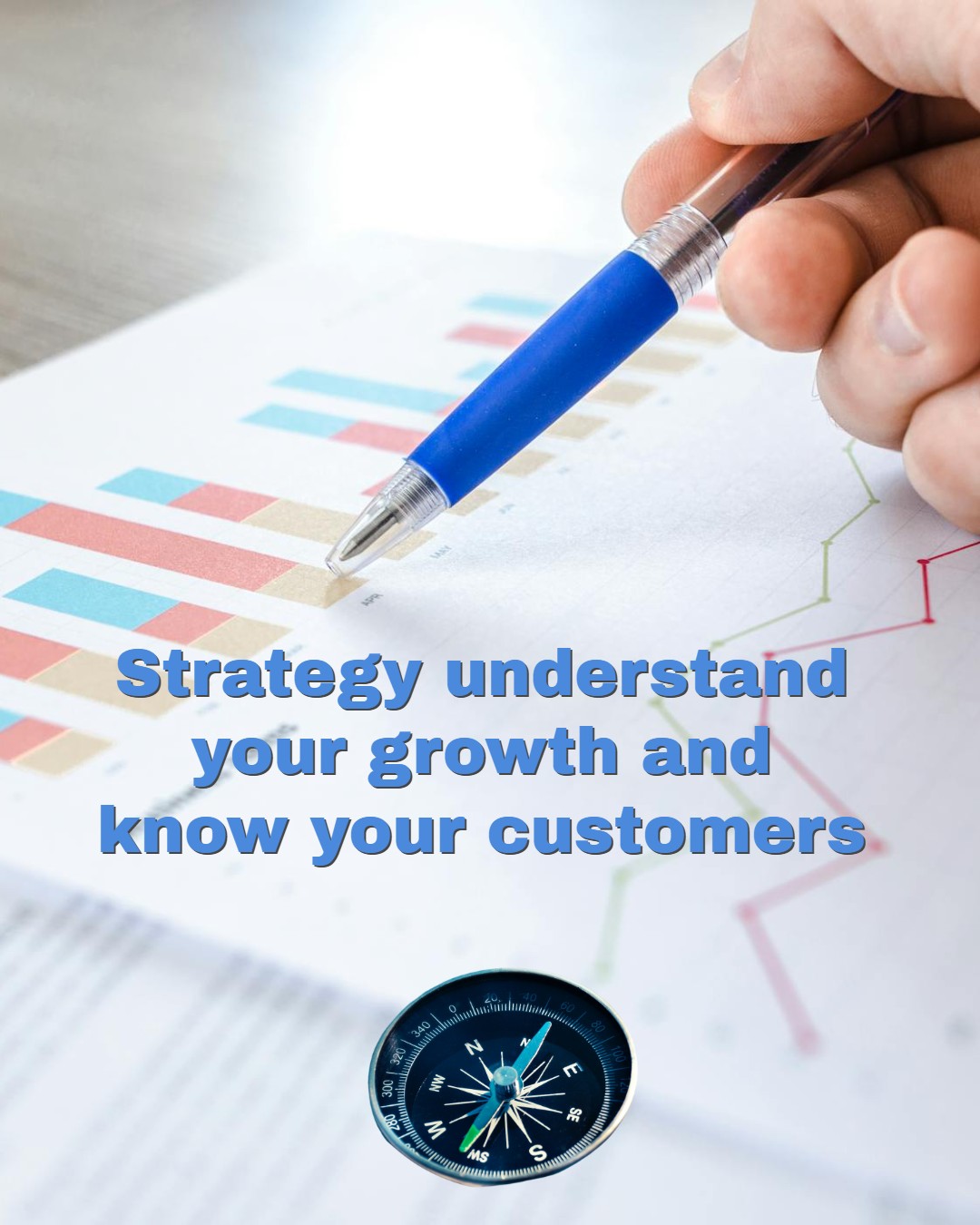Strategic small business growth.
Growing Your Business: Understanding What People Really Want
The Lessons of Masters and Bunnings
Growing a business is more than just opening your doors and hoping customers will come. It’s a strategic process built around understanding what people actually want — and delivering it better than anyone else.
It’s been over a decade since Masters Home Improvement shut its doors for good. When Woolworths launched Masters, it set out to challenge Bunnings Warehouse, the undisputed king of hardware in Australia. It was a bold move: take on an entrenched competitor, dominate the DIY and trade market, and become a household name.
But despite huge investment and national rollout, Masters failed. Spectacularly. The question is — why? And more importantly, what can every small business owner learn from their mistakes?
When a Big Idea Misses the Mark
On paper, Masters had everything going for it — strong backing, bright stores, and a respected brand name. But the problem wasn’t in the execution; it was in the assumptions.
Masters targeted families and casual shoppers, not tradies. Stores were designed to be modern and air-conditioned, more like a lifestyle store than a hardware warehouse. Their marketing appealed to home decorators, but it ignored the core customer — the hands-on DIYer or tradesperson.
Meanwhile, Bunnings kept doing what it did best — no-frills, value-driven hardware with a down-to-earth Aussie feel. They knew their audience inside out.
It’s a bit like expecting blokes to rush out to buy sewing machines — it just doesn’t happen. Knowing who your customers are (and what drives them) is the foundation of any successful business.
Location, Costs, and Competition
Masters’ next problem was location. Many of their sites were literally ones Bunnings had rejected. The stores were huge — bigger than they needed to be — which meant higher overheads, higher rents, and more stock to fill empty shelves.
Then came the supply issue. Masters relied heavily on Lowe’s, their US partner, to provide stock and logistics. But many of those products didn’t fit the Australian market. Some iconic brands were missing altogether, frustrating loyal tradies.
Customers noticed. They didn’t just want another hardware store — they wanted the right products, the right advice, and the right feel. When they didn’t get it, they went back to Bunnings.
The end result? Massive losses and a costly lesson in market awareness.
The Small Business Lesson: Know Your Market , your product and your customers
For small business owners, the lesson is simple but powerful: you must know your customers better than anyone else.
Take time to review your business regularly. Ask yourself:
- Which products or services are performing best?
- Which ones aren’t worth the shelf space?
- Are you promoting the right offerings to the right audience?
Sometimes, a product flops because it’s poorly marketed. Other times, it’s just not what customers want anymore. Either way, data and customer feedback are your best guides.
Unlike large corporations, small businesses can adapt fast. You don’t need a board meeting or a market research team — honest analysis and the courage to make changes.
Stay Relevant or Get Left Behind
Successful businesses evolve constantly. Think of brands that have lasted decades — they’ve kept updating and improving, not reinventing the wheel but keeping it turning smoothly.
You might not have the resources of a major retailer, but you do have flexibility. You can pivot, test, and tweak faster than big competitors ever could.
Keeping your offering relevant ensures your business stays profitable and attractive — especially when it’s time to exit or sell. After all, the value of your business often lies in how well your products or services match what the market wants.
A Personal Example: Lessons from Industry
When I was younger, I worked for Hills Industries, a company that made clotheslines, steel, and TV antennas. It was a strong, proud business with a great reputation.
But over time, it diversified too much and lost direction. The focus shifted from what it did best to chasing too many markets. Eventually, it couldn’t compete at the same level and now has completely changed its focus.
That experience taught me something I’ve never forgotten: growth without well designed strategy isn’t growth — it’s drift. Every business needs a clear purpose and plan to stay profitable and sustainable.
Planning for the Future
As 2026 approaches, take the time to look at your business with fresh eyes. Consider:
- Are your products or services still meeting demand?
- Do your customers see you as relevant and reliable?
- Are you ready to grow, or do you need to refocus?
- Is your pricing and profitability where it should be?
Growth doesn’t always mean expanding — sometimes it means simplifying. Trimming underperforming products or services can make your business leaner, more efficient, and more attractive to customers (and future buyers).
A simple review of your business model, cash flow, and marketing can uncover new opportunities hiding in plain sight.
Take action for 2026
The story of Masters is a reminder that even billion-dollar companies can fail if they forget who their customers are. As small business owners, we can’t afford that mistake.
Knowing your audience, staying flexible, and continually refining your offer are the cornerstones of growth. Whether you’re running a café, a trades business, or a professional service firm — it all comes back to understanding what people really want.
So as you plan for the next year, take a moment to step back, reassess, and reconnect with your customers.
Need Help Growing Your Business? At Gartly Advisory
We help small business owners build stronger, more profitable futures. Whether you’re refining your product line, planning your exit, or developing a growth strategy for 2026 and beyond, our team can help you:
- Analyse your business performance
- Identify your best opportunities for growth
- Develop practical, sustainable strategies
- Prepare for sale or succession
Let’s make sure your business gives customers exactly what they want — and delivers the results you deserve.




